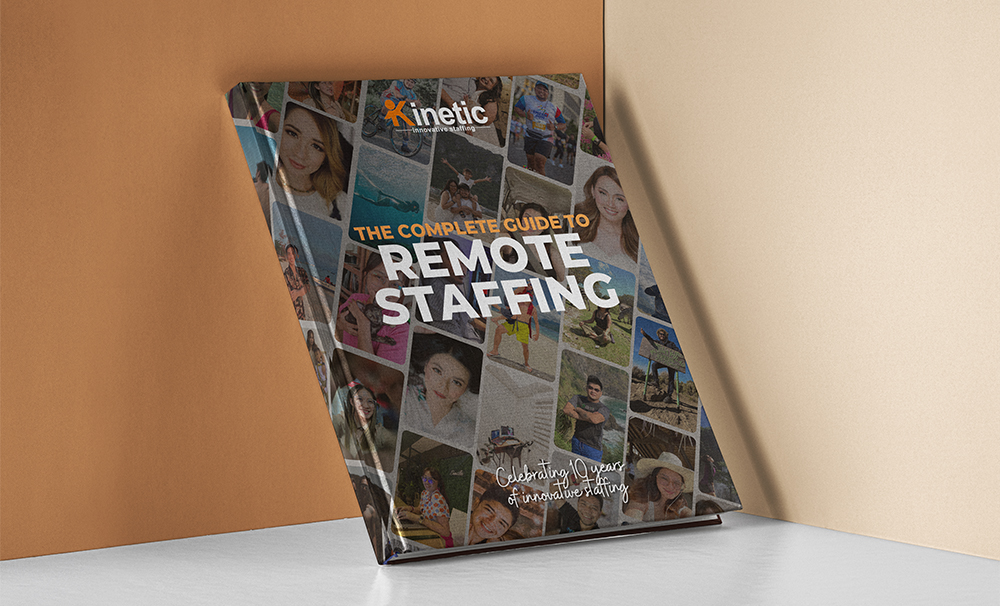The ground beneath our feet is shaking.
It’s not looking good for tech.
Fire up your smartphone and chances are, the apps in there would have been recently in the news.
LinkedIn, the world’s largest professional networking platform, is ablaze with news of recent firings and hiring freezes that are happening all over Silicon Valley…and beyond.
Let’s start the roll:
- Meta, the parent company of Facebook, is cutting 11,000 jobs.
- Twitter, Elon Musk’s latest acquisition, is halving its workforce.
- Tesla will lose 10% of its paid workforce.
- Intel is planning to decrease their staff by 20%
- Tencent, China’s largest tech company, has already fired 5,500 employees.
- Lyft, the ride-hailing company, will send 13% of its staff home, permanently.
- Stripe, the payment-processing platform, announced a 14% decrease in workers.
- Coinbase, a crypto exchange platform, is slashing 1,000 jobs.
- Robinhood, the stock-trading app, lost 9% of its staff in April, and a further 23% in August.
- Microsoft saw the slowest revenue growth in five years and will be losing about 1,000 employees.
- Snap, Snapchat’s parent company, will shed off 6,400 of its staff.
- Shopify has already let go of 1,000 of its own.
- Amazon is instituting a hiring freeze.
- Apple has already fired 100 of its contract recruiters.
- Alphabet, the owner of Google and Instagram, is in a hiring slowdown.
It’s a bloodbath out there.
And it might just get worse before it gets better.
But hey, “We’re Hiring!”
If the titans of industry are feeling the pinch and are shedding off jobs by the thousands, why is Kinetic Innovative Staffing furiously looking to hire more and more people for its clients?
That’s a good question. And the answer is simple: Remote Staffing.
Like investors who turn to gold to protect their portfolios when times are bad, companies are turning to remote staffing to recession-proof their businesses.
“Remote staffing” means hiring employees from other countries—with the employee staying on his home soil. Collaboration and communication take place virtually, leveraging today’s cyber platforms.

You see, in countries like the United States (where the layoffs are happening), costs are prohibitively expensive. Not only are labour rates astronomical, but also the expense of maintaining an office has become unsustainable, both for businesses big and small.
Meanwhile, in other parts of the globe, the same job can be done at a fraction of the price. These countries have different cost structures so their labour rates are significantly lower than that of the United States, Australia or the UK.
For example, a Cisco Engineer in Australia would have an average annual salary of $115,000. But with a remote professional working from the Philippines, who’s just as talented and skilled, the same position would require only $30,855.
That’s a savings of 73%!
Such is the competitive advantage afforded by remote staffing. Cost reductions of around 70% are commonplace. And that’s just for labour costs, when you factor in the absence of rented office spaces, power bills and overhead, you realise why remote work is a pretty attractive competitive strategy.
When companies let go of their employees, like what’s happening in the tech space at the moment, it’s usually a cost-reduction measure. It’s a survival instinct. Maybe the business is experiencing a slowdown and has to react to market conditions.
But when you get a 70% reduction in costs, like what remote staffing does, you don’t fire people. You hire more guys for your team. Because when times are tough, you’d want more brains working on the challenges. You’d want more people making sales calls, marketing and doing lead generation. You’d want more creativity and productivity.
With remote staffing, you have all that at a much lower price point.
Kinetic: Making remote work…work
Just as newspapers and magazines have gone digital, businesses have shifted from an expensive, centralized office to a virtual and distributed workforce—managing employees in different corners of the globe.
(Ironically, it’s the tech companies and their innovations that have made all this possible.)
Remote work is the future of work. It’s not going away when things get better.
Kinetic Innovative Staffing has spent the last decade assisting companies around the world to find experienced remote professionals for their virtual workforce. We’ve been very active in the space, matching businesses and organizations with highly-skilled employees for a wide range of roles.
If a job can be performed with a computer and collaborated on online, Kinetic has seasoned professionals for it. We have a database of over 4 million professionals for a broad spectrum of industries.
We source graphic designers, web developers, engineers, lawyers, virtual assistants, social media managers, writers, accountants, etc. from the Philippines—a country known for its large English-speaking population and first-rate professionals.
Kinetic provides total support in the hiring process.
Here’s how it works: From the job description provided, we search for the most qualified candidates for Kinetic’s vetting and testing. We then submit to you a shortlist of the best candidates and coordinate the virtual interviews.
When you’ve made your pick, Kinetic takes care of the onboarding process and provides you with a suite of software tools to help you manage your remote staff.
Hiring remote workers shouldn’t be an earth-shaking event.
It should be a walk in the park.
With Kinetic, that’s what it exactly is.
Kinetic Innovative Staffing has been providing hundreds of companies in the Asia Pacific, North America, the Middle East, and Europe with professionals working remotely from the Philippines since 2013. Get in touch to know more.




